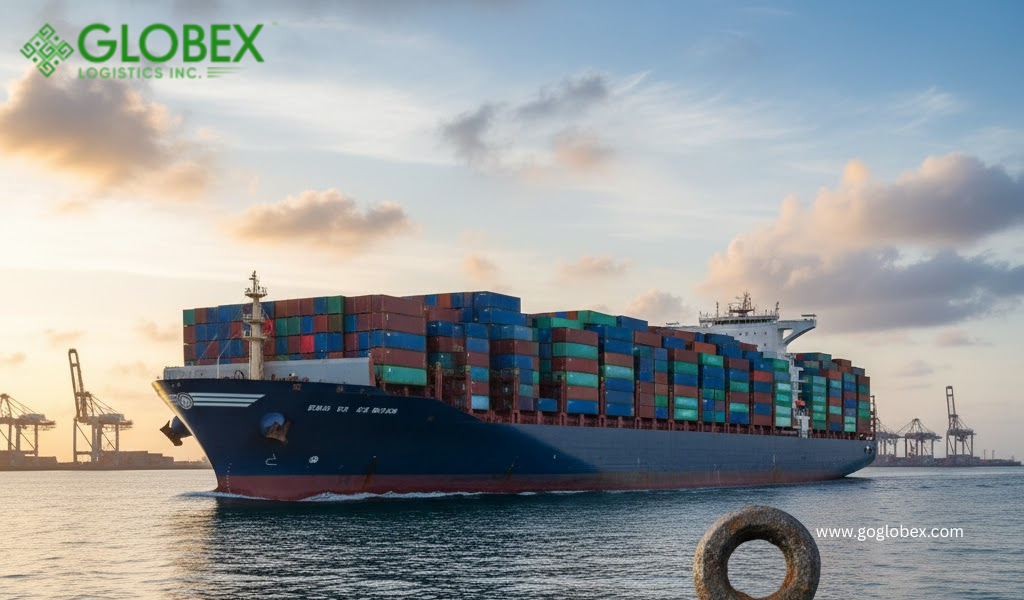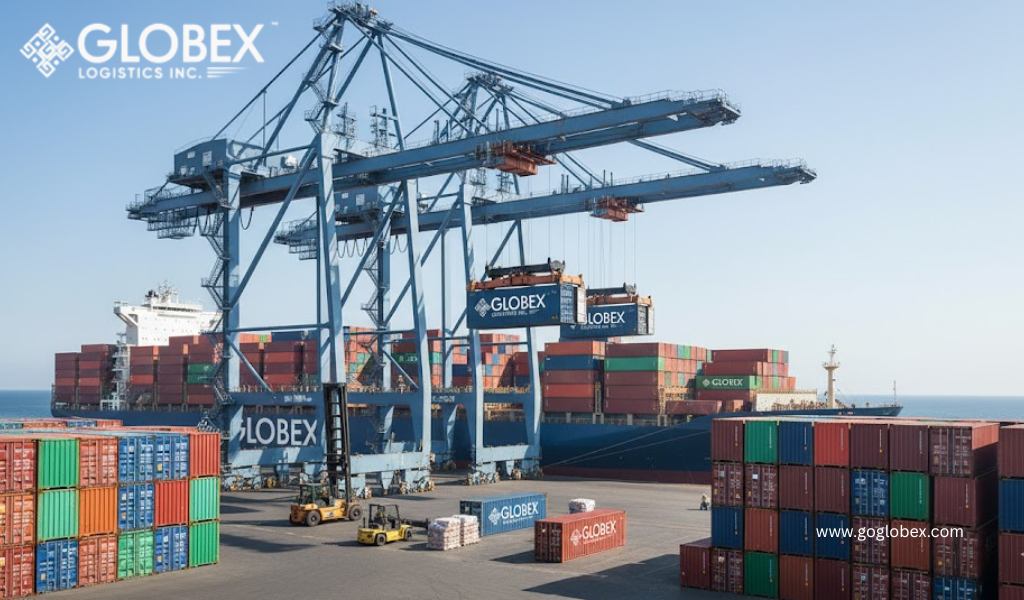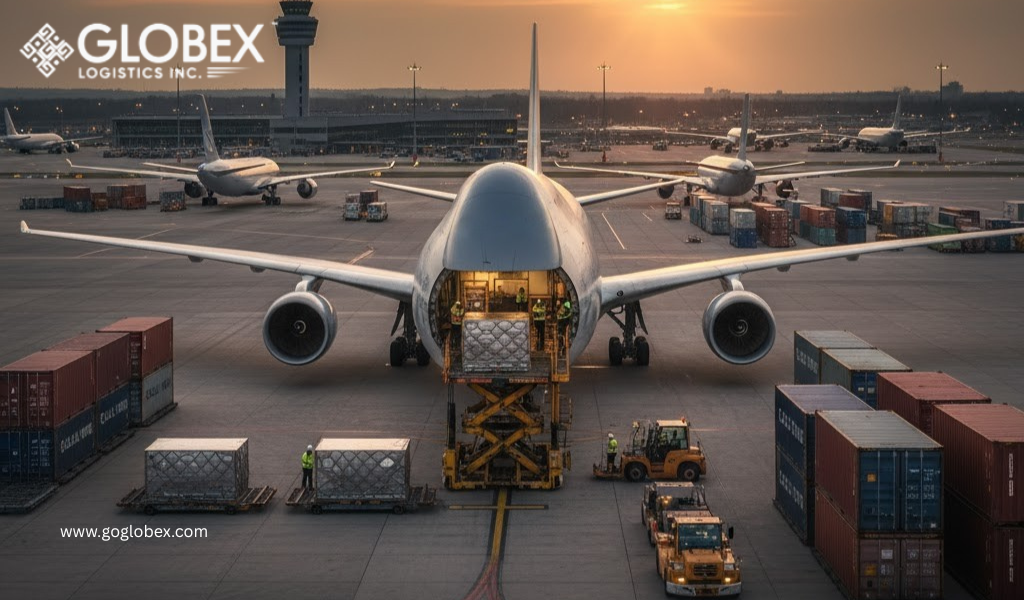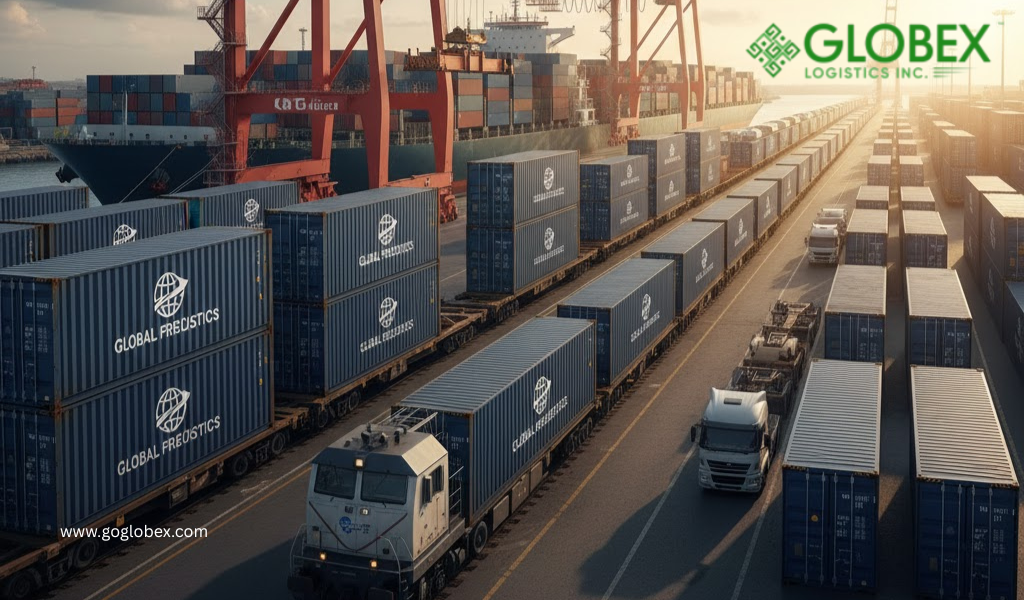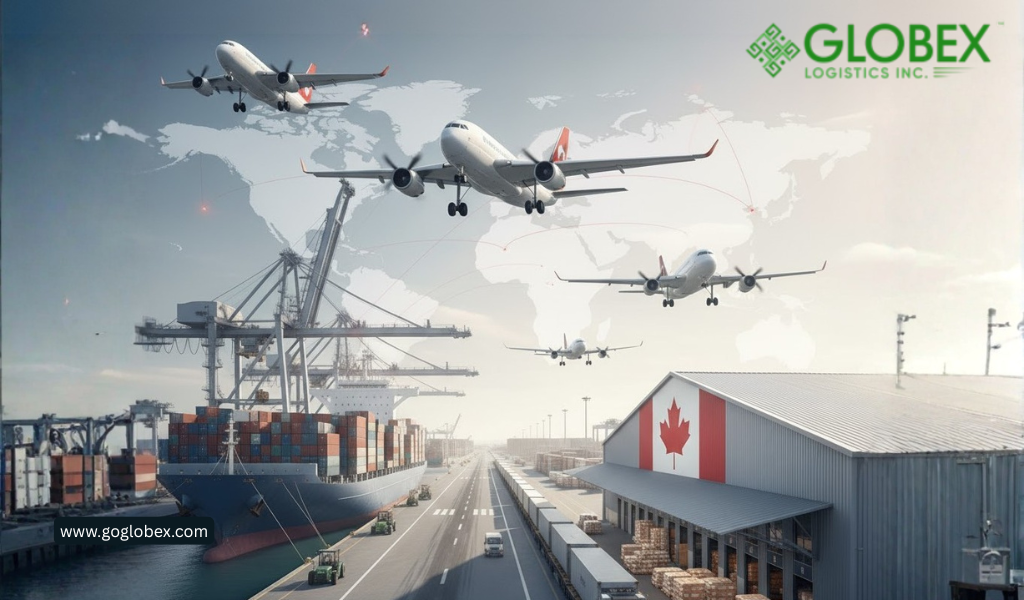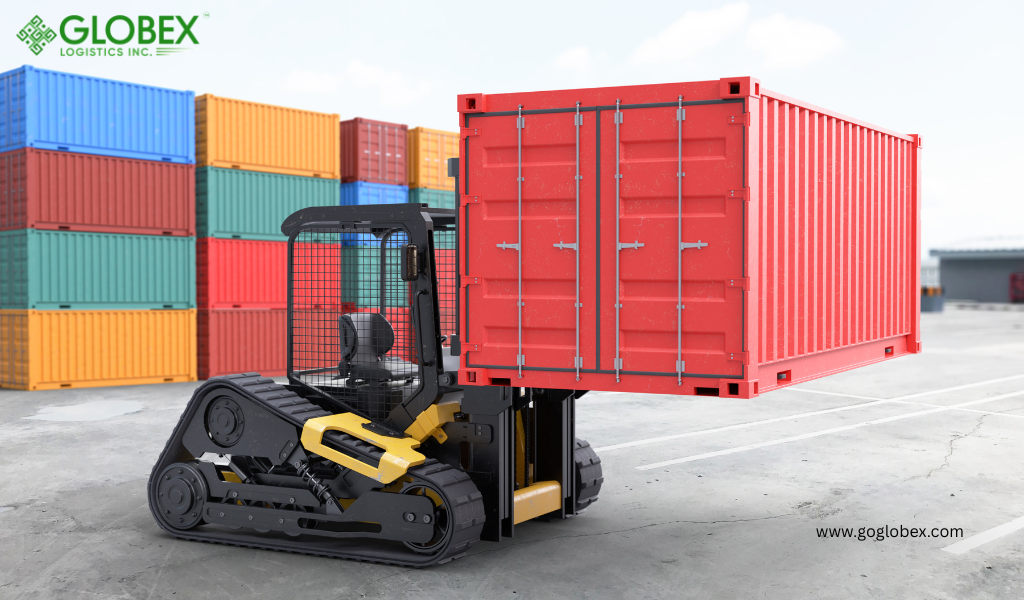
Drayage Services Explained: Costs, Routes & Key Best Practices for Shippers
When it comes to the fast-moving world of logistics and supply chains, timing is everything. A key component of the transportation chain is drayage—the efficient short-haul movement of containers between dockside, rail terminal, and warehouse for both import and export. If you are an importer, exporter, or freight forwarder of any size (even less than a container load—LCL), understanding drayage is critical to cutting costs, reducing time-losing delays, and keeping your customers happy.
In this guide, we’ll look at drayage costs, transit times, popular routes, and best practices for shippers, as well as the differences between inland drayage vs. port drayage and how to work successfully with a dray provider in the US.
Without the drayage, containers could be left sitting idle at ports, creating bottlenecks and incurring expensive storage fees as delivery deadlines were missed.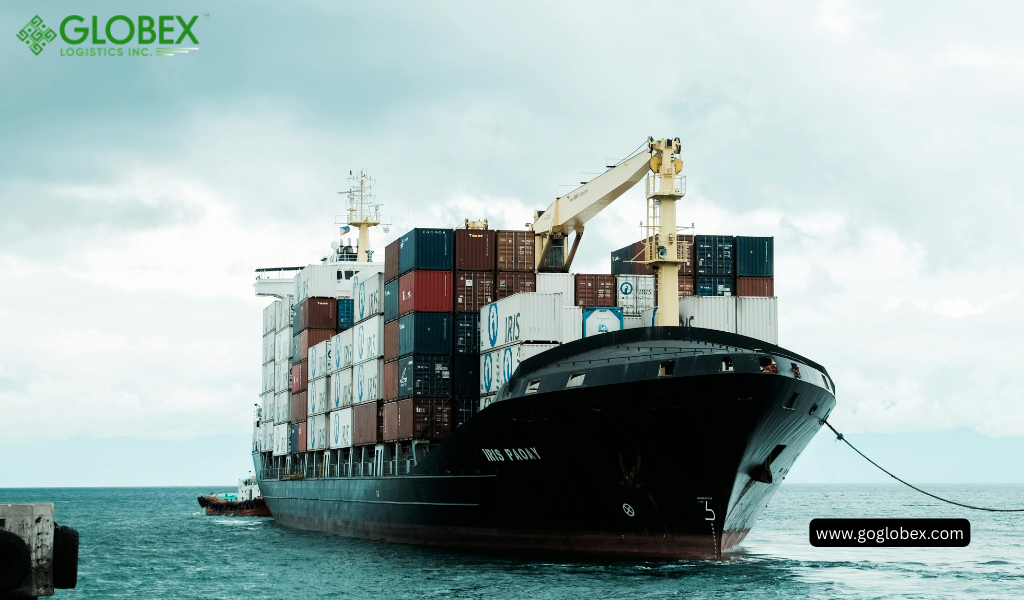
And shippers who partner with strong drayage terminus providers have the upper hand, benefiting from quicker turn times, lower dwell fees, and easier logistics in general.
Final Thoughts
Drayage Services are a critical link in the supply chain for modern shippers, working to move goods quickly from ports and rail yards to their final destination. Know the costs and routes, drayage transit times, and scheduling best practices to avoid delays and cut costs.
Whether you are considering inland drayage vs. port drayage, have wondered about the services offered by your local drayage terminus, or are looking for trusted dredge service providers in the USA, the choice of a good partner is important. With the right plan and approach, you will benefit from smoother operations, improved delivery times, and more satisfied customers.
In this guide, we’ll look at drayage costs, transit times, popular routes, and best practices for shippers, as well as the differences between inland drayage vs. port drayage and how to work successfully with a dray provider in the US.
What Are Drayage Services?
Drayage services are the short-distance conveyance of containers or bulk commodities from: A. a metro port or rail terminal to a warehouse; B. warehouses within the same network. Drayage is known as a short-distance transaction, but it is essential for intermodal shipping, as its main role is to link the ports with inland supply chain networks.Without the drayage, containers could be left sitting idle at ports, creating bottlenecks and incurring expensive storage fees as delivery deadlines were missed.
Inland Drayage vs. Port Drayage
Inland Drayage vs. Port Drayage One of the first differences to keep in mind is port drayage vs inland drayage:- Port Drayage: The transportation of ocean containers from a seaport to a warehouse, distribution center, or rail ramp. This is true, for example, in cities such as Los Angeles, Long Beach, Savannah, and New York.
- Inland Drayage: This is the act of moving goods from an inland rail ramp or a warehouse to another warehouse, usually over short distances.
Critical Cost Components for Drayage Services
Drayage expense tends to vary widely based on a variety of factors:- Distance—Short drays are cheaper; longer inland drayage runs increase fees.
- Container Size and Type—Same as above, pricing can vary between 20’ vs 40’ containers.
- Fuel Surcharges—When fuel prices increase, the final bill can be higher.
- Port Terminal + Storage -Late pickup can result in expensive demurrage or detention charges.
- Demand—The need for drayage service may also depend on the season, with peak holiday import seasons having an impact on pricing.
Drayage Scheduling Tips for Shippers
Preparation prevents delays and extra costs. Below are some tips for how a shipper can schedule their drayage of boxes:- Book In Advance—Schedule your dray in plenty of time, particularly during peak port congestion.
- Leverage Technology—Keep things updated and use app trackers when available. Many providers have apps or digital platforms for tracking with real-time data.
- Work with Carriers—Confirming W/H teams vs. drivers are on the same pickupand drop-off schedule.
- Schedule for Delays—Allow time for potential lines at ports or rail yards in order to avoid roadblocks.
- Collaborate with Seasoned Manufacturers—Well-placed companies usually have the agility to deal with unforeseen bottlenecks.

Drayage Terminus Services Jobs
A drayage terminus service is one in which cargo moves between different modes of transportation—say, from a ship to a truck or from the rail into a warehouse. These hubs are essential to efficiency because they work as coordination points, ensuring that cargo glides smoothly from one stage of the journey to the next.And shippers who partner with strong drayage terminus providers have the upper hand, benefiting from quicker turn times, lower dwell fees, and easier logistics in general.
Drayage Transit Times: What You Can Expect
Drayage transit time can vary depending on location, port truck congestion, and overland distance. Typical drayage transit times include:- Port to Neighboring Warehouse Balancing – Same-Day Delivery.
- Move to railhead—1-2 days to move, accumulating according to road conditions and schedules.
- Local in-and-out drayage—Can be 2–5 days for region-to-region movement.
How to Select US Drayage Companies?
Selecting the best drayage service providers in the US is key to minimizing costs and maximizing effectiveness. Here’s what to look for:- Trade lane experience—Depending on the port or rail terminal, a provider that is familiar with certain ports to move freight in and out can save time.
- Tech & tracking purchasing—Real-time transparency cuts down on miscommunication.
- Agile fleet—It makes sure you have fleets available during your peak periods.
- Compliance & reliability—Prospective vendors should have a history of compliance and the ability to comply with regulations.”
What Are the Best Shipper Tips for Using Drayage Services?
To maximize efficiency, shippers should:- Use technology for scheduling and monitoring.
- Use a few providers so you're not dependent on one drayage partner.
- It's also important to be aware of port regulations and fees beforehand so that you will know what costs to expect.
- Focus on sustainability, and partner with fleets that have green trucks.
Final Thoughts
Drayage Services are a critical link in the supply chain for modern shippers, working to move goods quickly from ports and rail yards to their final destination. Know the costs and routes, drayage transit times, and scheduling best practices to avoid delays and cut costs.
Whether you are considering inland drayage vs. port drayage, have wondered about the services offered by your local drayage terminus, or are looking for trusted dredge service providers in the USA, the choice of a good partner is important. With the right plan and approach, you will benefit from smoother operations, improved delivery times, and more satisfied customers.
FAQs on Drayage Services
Q1. What is drayage in shipping?
Drayage services consist of the short-haul transport of goods—generally performed between ports or rail yards and warehouses—to help keep containers moving efficiently throughout the supply chain.Q2. What does drayage cost in the US?
Drayage fees are a function of distance, fuel surcharges, container size, and port fees. Use only seasoned drayage companies in the US, and you will find that you can get better rates.Q3. How do inland drayage and port drayage differ?
Port drayage works shipments to and from seaports, while inland drayage moves products between rail terminals, stations, or ports and a warehouse.Recent posts
categories

